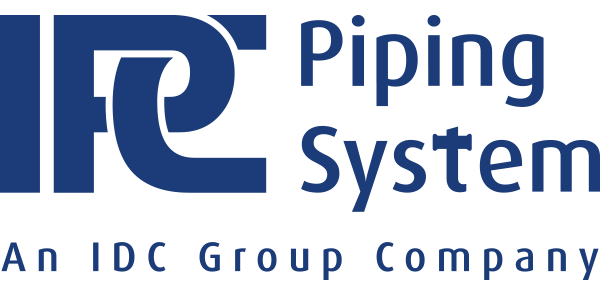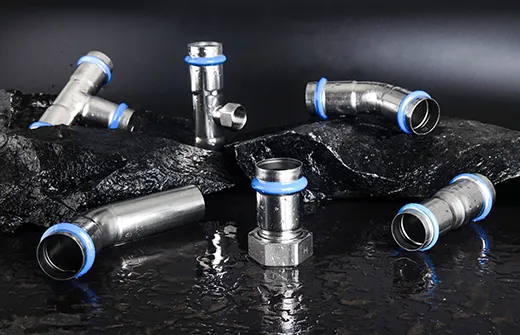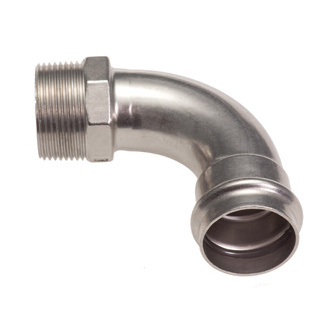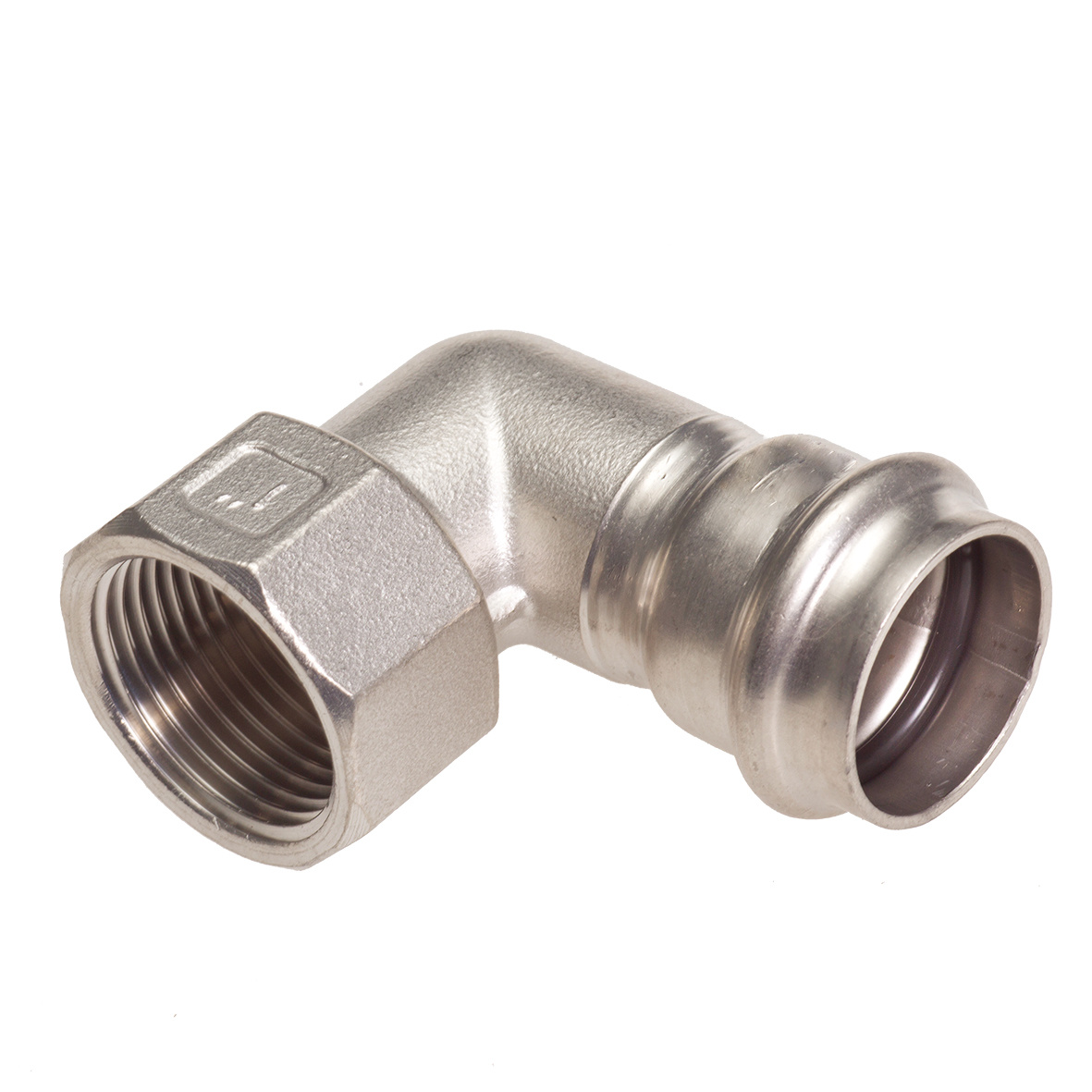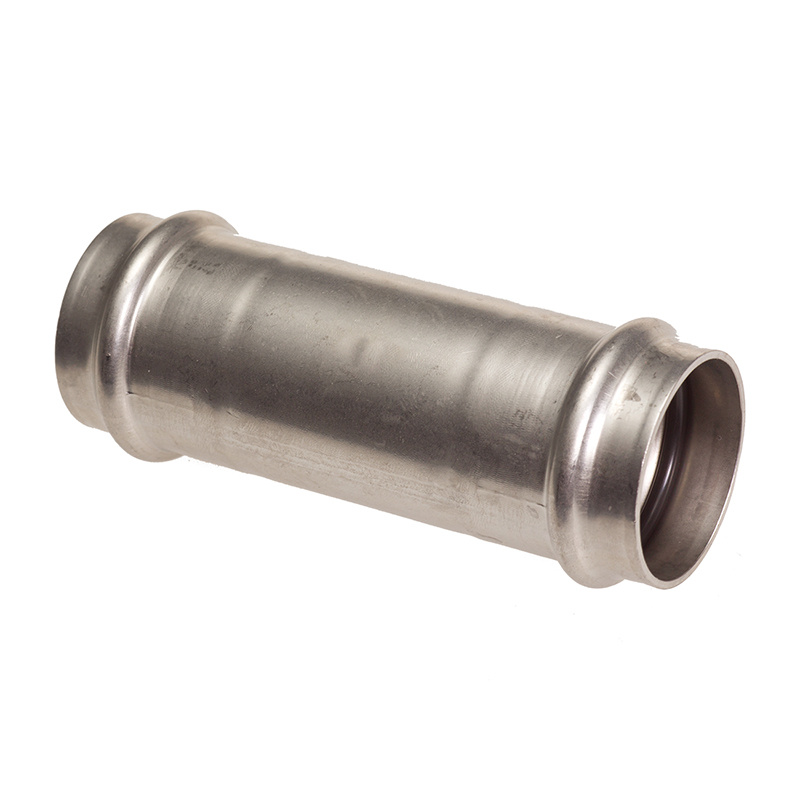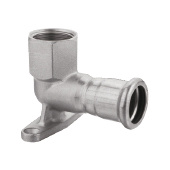Understanding the Role of 45° Obtuse Elbows in Stainless Steel Piping Systems
Jul 31,2025
In the realm of construction and decorative materials, particularly regarding stainless steel piping systems, the term "45° obtuse elbow" refers to a specific type of pipe fitting that facilitates the directional change of fluid flow. Designed to create an angle greater than 90 degrees, these elbows are integral in achieving efficient routing within various piping configurations.
The primary purpose of a 45° obtuse elbow is to redirect fluid flow in a manner that minimizes turbulence and pressure loss. Unlike sharper bends that can cause significant friction and potentially lead to flow restriction, obtuse elbows provide a smoother transition. This is particularly advantageous in applications where maintaining a steady flow is crucial, such as in HVAC systems, plumbing, and industrial processes.
One of the key benefits of using 45° obtuse elbows in stainless steel piping systems lies in their structural integrity. Stainless steel, known for its corrosion resistance and durability, is an ideal choice for piping in environments exposed to moisture or chemicals. The combination of stainless steel with the obtuse elbow design results in a piping solution that can withstand both mechanical stress and environmental challenges.
When planning a piping layout, incorporating 45° obtuse elbows can also contribute to a more visually appealing and organized installation. In architectural and decorative applications, where aesthetics are as important as functionality, these fittings allow for cleaner lines and neater arrangements. This is particularly relevant in exposed piping systems commonly seen in modern industrial designs.
Moreover, 45° obtuse elbows can enhance the longevity of a piping system. By reducing stress on joints and minimizing the risk of leaks that can arise from turbulent flow, these fittings contribute to the overall reliability of the piping network. This not only reduces maintenance costs but also extends the lifespan of the entire system, making it a cost-effective choice in the long run.
In conclusion, the use of 45° obtuse elbows in stainless steel piping systems serves multiple purposes, from improving fluid dynamics to enhancing the durability and aesthetic appeal of installations. Understanding the role of these fittings can significantly aid professionals in making informed decisions during the design and implementation of piping systems in construction and renovation projects. As the industry continues to evolve, recognizing the advantages of specific components like the 45° obtuse elbow remains essential for achieving optimal results in piping solutions.
The primary purpose of a 45° obtuse elbow is to redirect fluid flow in a manner that minimizes turbulence and pressure loss. Unlike sharper bends that can cause significant friction and potentially lead to flow restriction, obtuse elbows provide a smoother transition. This is particularly advantageous in applications where maintaining a steady flow is crucial, such as in HVAC systems, plumbing, and industrial processes.
One of the key benefits of using 45° obtuse elbows in stainless steel piping systems lies in their structural integrity. Stainless steel, known for its corrosion resistance and durability, is an ideal choice for piping in environments exposed to moisture or chemicals. The combination of stainless steel with the obtuse elbow design results in a piping solution that can withstand both mechanical stress and environmental challenges.
When planning a piping layout, incorporating 45° obtuse elbows can also contribute to a more visually appealing and organized installation. In architectural and decorative applications, where aesthetics are as important as functionality, these fittings allow for cleaner lines and neater arrangements. This is particularly relevant in exposed piping systems commonly seen in modern industrial designs.
Moreover, 45° obtuse elbows can enhance the longevity of a piping system. By reducing stress on joints and minimizing the risk of leaks that can arise from turbulent flow, these fittings contribute to the overall reliability of the piping network. This not only reduces maintenance costs but also extends the lifespan of the entire system, making it a cost-effective choice in the long run.
In conclusion, the use of 45° obtuse elbows in stainless steel piping systems serves multiple purposes, from improving fluid dynamics to enhancing the durability and aesthetic appeal of installations. Understanding the role of these fittings can significantly aid professionals in making informed decisions during the design and implementation of piping systems in construction and renovation projects. As the industry continues to evolve, recognizing the advantages of specific components like the 45° obtuse elbow remains essential for achieving optimal results in piping solutions.
Latest News
